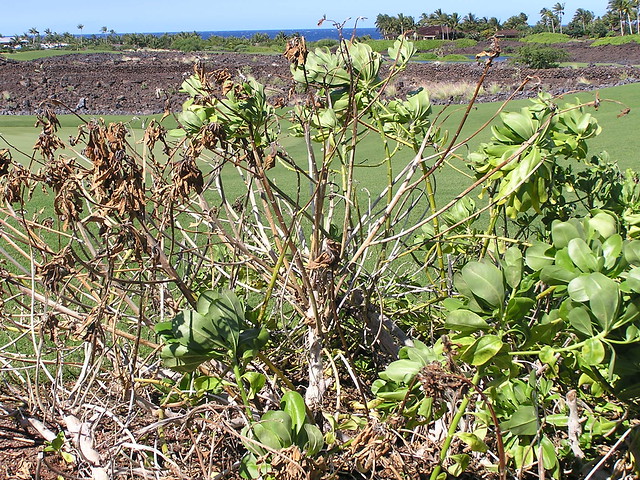This is the twelfth and final part of a series on winter tree diseases and disorders. This article examines verticilium wilt.
Introduction
During the winter months, many of the fungal pathogens that affect trees enter dormancy. The pathogens overwinter on their hosts or in the soil, awaiting spring’s arrival. Despite the frigid temperatures, trees suffering from fungal diseases may still exhibit infection symptoms in winter, especially if the disease has advanced into its later stages. The following describes some of the most common diseases to overwinter on trees, and how they may be detected.
Verticilium Wilt
Verticilium wilt (Verticilium) is a fungal disease that infects over 400 plant species. It is caused by six species of the Verticilium genus: V. dahliae, V. albo-atrum, V. longisporum, V. nubilum, V. theobromae, and V. tricorpus. Numerous vegetables, fruit trees, flowers, field crops, and woody ornamentals are vulnerable to infection by Verticillium wilt. The symptoms of Verticilium wilt vary between plants. Most infected plants experience a general wilting of their stem and leaves. Verticilium wilt infections often result in plant mortality for smaller and older plants, as well as for seedlings.
Hosts
Verticilium wilt attacks a wide range of hosts. Trees and shrubs that are commonly infected include ash, black locust, box elder, camphor tree, carob, carrotwood, elm, catalpa, cork tree, elder, elm, flannel bush, fringe tree, golden-rain tree, horse chestnut, pagoda, sassafras, serviceberry, smoke tree, tree of heaven, tupelo, tulip tree, walnut, yellowwood, and juniper. Cabbage, celery, cucumber, eggplant, lettuce, melon, pepper, potato, pumpkin, radish, rhubarb, and tomato are the most frequently infected vegetables. Susceptible flowers include aster, begonia, carnation, chrysanthemum, dahlia, geranium, impatiens, peony, petunia, snapdragon, and sunflower. Vulnerable fruit include barberry, blackberry, black raspberry, select cherries, grape, raspberry, Ribes sp., strawberry, and watermelon.
Symptoms of Infection
When a plant is infected by Verticillium wilt, its vascular system is disrupted. This prevents the proper distribution of water and nutrients throughout the plant. Due to the lack of sufficient water and nutrients, the plant’s stem and leaves wilt. Smaller plants and seedlings are often quickly killed. In larger plants, infections may not be as severe. Many larger plants will stave off Verticilium wilt infections, but may be weakened as a result. Sometimes infection symptoms may be confined to the lower portion of a plant, or localized to a few branches. New growth formed by infected plants will often be stunted. Infected leaves will typically become necrotic, before being shed prematurely.
Management
- Remove and dispose of infected annuals and perennials. Avoid composting diseased plant materials.
- Prune damaged or infected portions of ornamental plants. Sterilize pruning tools between each cut using a solution comprised of nine parts water and one part bleach.
- Plants should be pruned routinely to promote plant vigor.
- Avoid mechanical wounds to plants.
- Ensure that plants are maintained through sound cultural practices. Apply a layer of organic mulch around the base of vulnerable plants to insulate the root system and improve the soil quality.
- Certain plant species exhibit an increased resistance to Verticilium wilt. These plants include apple, beech, birch, all conifers, crabapple, dogwood, eucalyptus, fuchsia, heather, hornbeam, katsura tree, lilac, mountain ash, mulberry, plane tree, poplar, privet, rose, sumac, sweetgum, sycamore, Viburnum sp., and willow. African violet, ageratum, baby’s breath, hollyhock, periwinkle, primrose, and zinnia are popular flowers that are immune to Verticilium wilt. Vegetables that are immune to Verticilium wilt include asparagus and beanpea.


